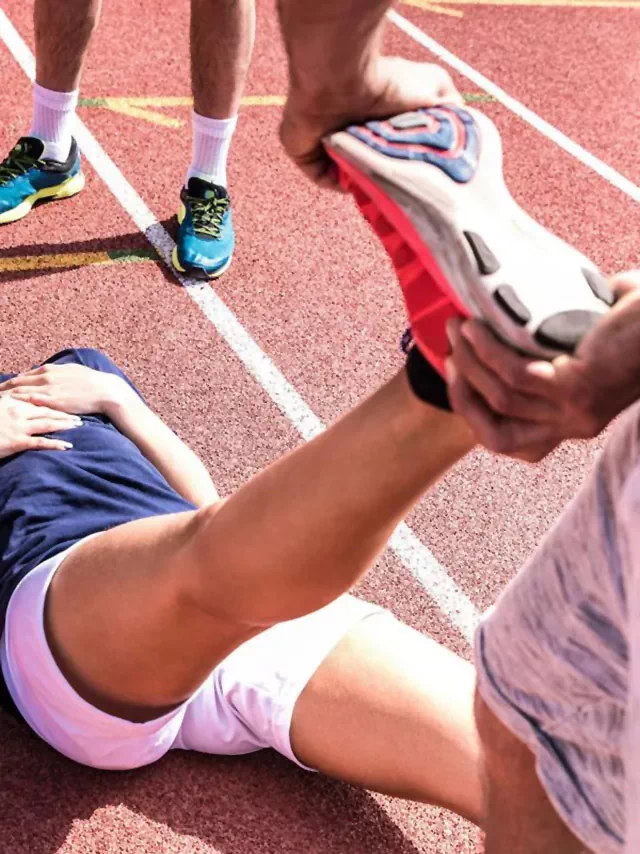A cramp is a sudden, involuntary contraction of a muscle or group of muscles. It is often caused by fatigue, dehydration, or overuse. When playing sports, cramps can occur unexpectedly and can be quite painful. The question of whether or not you should play through a cramp is a complex one and depends on several factors.
First and foremost, it is important to consider the severity of the cramp. If the cramp is minor and not causing significant pain or discomfort, it may be safe to continue playing. However, if the cramp is severe and causing significant pain or discomfort, it is best to stop playing and seek medical attention.
Another important factor to consider is the location of the cramp. If the cramp is in a muscle that is not essential for playing the sport, such as a cramp in the calf during soccer, it may be safe to continue playing. However, if the cramp is in a muscle that is essential for playing the sport, such as a cramp in the quadriceps during running, it is best to stop playing.
It’s also important to consider the cause of the cramp. If the cramp is caused by a lack of hydration or electrolytes, it is important to address the underlying cause by drinking fluids and replenishing electrolytes. If the cramp is caused by overuse, it is important to rest the affected muscle and avoid overuse in the future.
Lack of hydration is a common cause of cramps during sports. When the body is dehydrated, it lacks the fluids necessary to properly function and this can lead to cramping. Dehydration can occur when an individual does not drink enough fluids or when an individual loses fluids through sweating and other means.
During sports, it is particularly important to stay hydrated because sweating can lead to significant fluid loss. When an individual sweats, they lose not only water but also electrolytes such as sodium and potassium, which are essential for muscle function. When these electrolytes are not replenished, cramping can occur.
To prevent cramping due to dehydration, it is important to drink fluids before, during, and after exercise. It’s recommended to drink water, sports drink or other fluids that contain electrolytes like sodium and potassium. The American College of Sports Medicine recommends drinking 17-20 ounces of water 2-3 hours before exercise and 7-10 ounces every 10-20 minutes during exercise.
If an individual is experiencing cramps during sports, it is important to assess their hydration status and to drink fluids to replenish any lost fluids and electrolytes. If the cramps persist despite replenishing fluids and electrolytes, it is important to seek medical attention.
In conclusion, the decision of whether or not to play through a cramp depends on several factors including the severity of the cramp, the location of the cramp, and the cause of the cramp. If the cramp is minor, not causing significant pain or discomfort and in a muscle that is not essential for playing the sport, it may be safe to continue playing. However, if the cramp is severe, causing significant pain or discomfort, or in a muscle that is essential for playing the sport, it is best to stop playing and seek medical attention. It’s also important to address the underlying causes such as hydration and electrolyte balance, or rest and avoid overuse.


